Fiji

Toucan
Conor & Marion Wall
Mon 28 May 2012 11:25
|
As
you may have deduced from our last entry, Toucan is on the move again as the
Hurricane season is officially over.
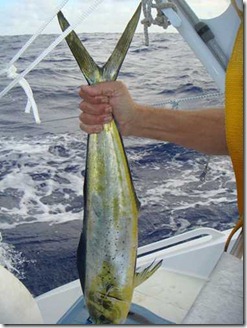 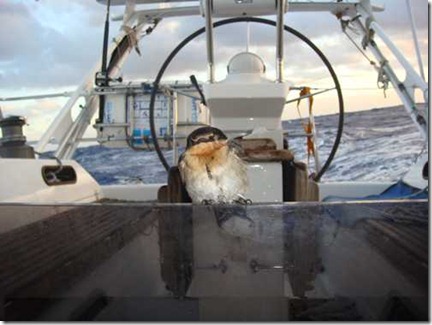 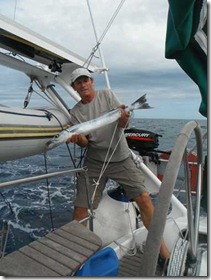 First fish catches after leaving New Zealand and the swallow that
hitched a ride. He kept trying to come into the cabin but in the end settled for
the small hole in the coaming just visible to the left of the photo. He was cosy
there. Stayed with us for over two days.
We left New Zealand on the 28th April bound for Lautoka in Fiji but as we
encountered some very strong winds on the way we decided to change our plan and
stop at the small reef in the middle of nowhere called Minerva Reef. No photos
for Minerva as there was nothing to photograph, only water. We had one restful
night there before carrying on to our new destination of Suva, the capital of
Fiji.
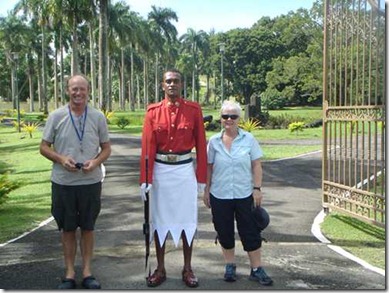 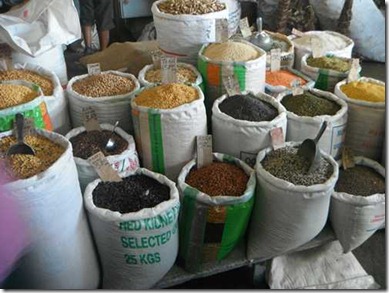 Suva Royal Palace entrance and some spices in the Suva
market
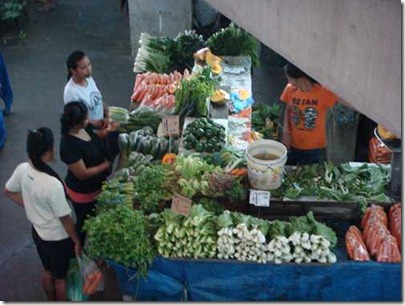 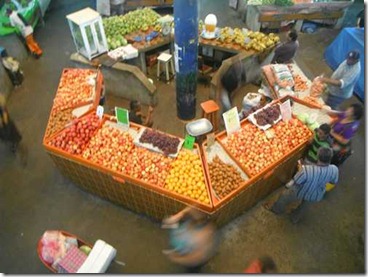 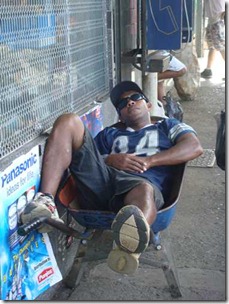 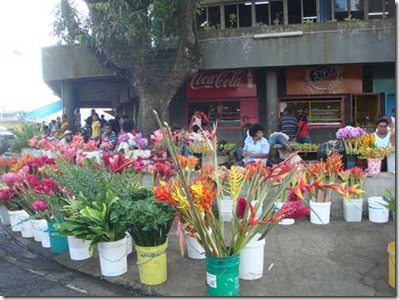 Suva Market and a chap taking a nap on Fiji time.
We arrived at Suva on Monday 6th May as part of our plan to avoid very high
overtime charges for yachts arriving on the weekend. Government officials do not
normally work weekends. We did our check in formalities there and as the Fijians
like their paperwork this took the best part of two days. They have a very
strange system in Fiji as we firstly have to do the Immigration, Quarantine,
Customs (and Ministry for moving around the islands office) all with their many
forms. I counted over 30 of my signatures on the paperwork that we completed.
Everything in duplicate and no carbon paper. OK so now we are legally in the
country but as we move from region to region around Fiji we now need to go
back to customs in each region for a permit to sail in that region. This check
out and check in can only be done at 5 or 6 designated places, mostly the larger
towns of the region and this is most inconvenient as we are unable to stop at
some beautiful anchorage along the way unless we have the permit. There are 5 or
6 of these regions that cover Fiji and we only wanted to sail in three of them
so more paperwork needed to be completed as we arrived in each new region. All
fun and games and very time consuming. Moreover we were obliged to buy
quantities of ‘Kava’ for the chief of each village that we would visit when
anchoring in the many small Islands.
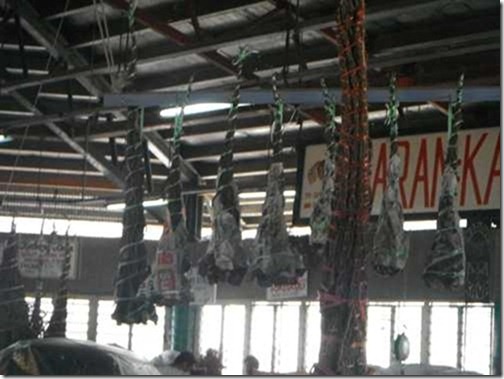 Kava, gift wrapped. I know it looks like meat in the photo but it’s
not. It is actually root from a plant that the Fijians make drink from.
Leaves a nasty taste in your mouth like you might have after a
visit to the dentist.
Kava is the traditional drink of the islands and is drunk both ceremonially
and socially and plays a large part in Fiji culture. This mildly intoxicating
drink will be offered to the visitor in a coconut shell cup and must be drunk in
one go to be polite. We purchase the Kava root from the market traders and
approximately half a kilo is parcelled up into a presentable gift for the chief
of any village that we should visit. The chief always accepts the gift, does his
little ritual prayer and dance over it and accepts us into the village. I think
we are then part of village family and can do more or less what we like as other
villagers can. Not that there is much to do in any of these villages. The women
seem to spend their time making things from leaves, like fans, mats baskets
etc.. We saw no shop in any but did see a church or two. Methodist and Catholic
and even managed to attend one on the Sunday. As with all South Pacific Islands
church services the singing is fantastic.
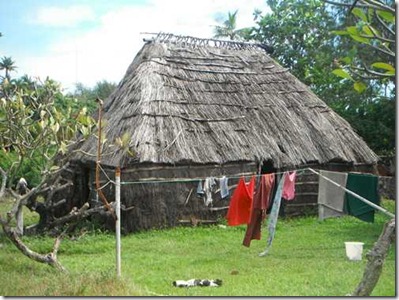 A traditional home in the village at Sawi-I-Lau
Anyway paperwork complete and a nice few days spent looking around the
capital with its colourful shops and more colourful people and a market that
must be the envy of the Pacific we set off to visit the coral coast and then
Lautoka on the Eastern end of the main Island. First stop was the coral reef of
Beqa before visiting Robinson Crusoe Island. Fiji is not just surrounded by
reefs but they seem to be everywhere so navigation is indeed difficult. To make
matters worse the charts that we pay good money for are often incorrect so we
can not rely on our chart plotter. Often we see our track on the chart plotter
actually going right over the top of a reef or island. So it is essential to
eyeball the way into and out of anchorages and to do this it must be daytime and
preferably with the sun high in the sky.
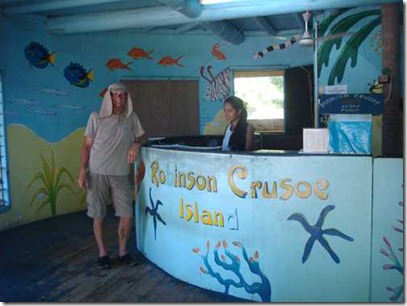 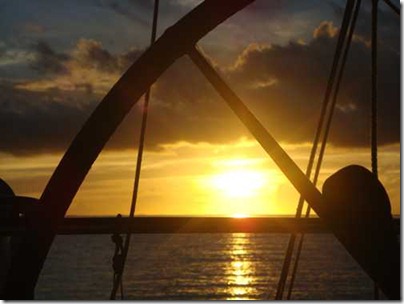 Robinson Crusoe Island and sunset from the
anchorage.
More formalities had to be done at Lautoka so that we could visit the
Yasawa Islands and the Manaka Islands which are the Western most Islands of the
Fiji group. A couple of days in Lautoka and we then made our way through a reef
system for some 50 miles often times between reefs that were only a few hundred
yards apart and very difficult to see on the cloudy day. We arrived in good
light to Sawi-I-lau in very windy conditions and dropped anchor. We were the
only boat in the bay. The following morning we took our offering of Kava to the
village chief. He did his little ritual over it and welcomed us to the village.
There is a cave that can be dived at low water and the chief pointed out that we
only had about another hour if we wanted to do that. Backpackers and tourists
from neighbouring islands arrived in small boats and it was quite a busy affair
for the couple of hours either side of low water.
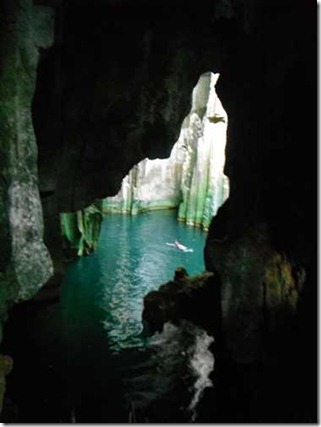 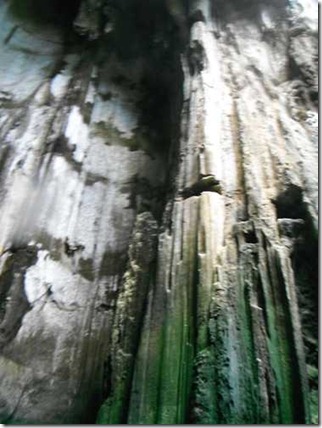 Caves at Sawi-I-Lau
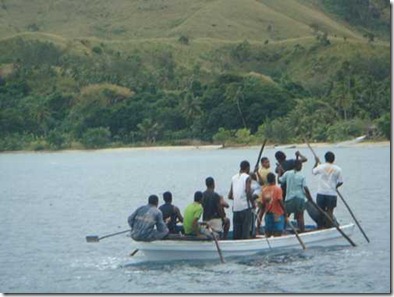 These chaps had just caught a goat (it’s in the middle of the boat)
on a neighbouring island and they are returning to their village.
Two nights at Sawi-I-Lau and on to our next anchorage, the Blue Lagoon.
This really was a beautiful spot completely surrounded by reefs and islands
and an very sheltered anchorage. Once again the ritual of seeing the chief of
the Island where we anchored and went ashore for the Kava ritual.
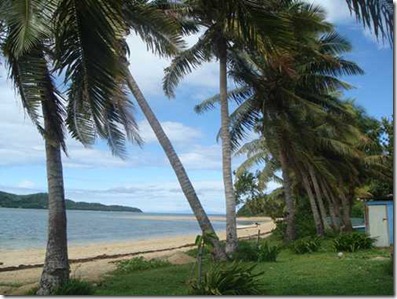 Blue lagoon
This time the chief was a lady and once again we were accepted into the
family, so to speak. On nearly all of the island there are small holiday
resorts, mostly very basic and mostly for young backpackers visiting Fiji. Some
of the resorts are very exclusive and some so exclusive that only paying guests
are welcome. Small boats full of people flying out in all directions was a
common sight as the tourists went diving, snorkelling, visiting caves, visiting
villages etc. etc.. There was a very nice resort at the Blue Lagoon and another
on the island next to it that did not welcome yachties or other such riff-raff.
A small sea plane seemed to come and go on a regular basis, presumably dropping
off the very rich clients or taking them for sight seeing tours to all the
places we had just been to. We enjoyed our stay and the chief even made us some
‘Pouri’ which was something she had a reputation for making.
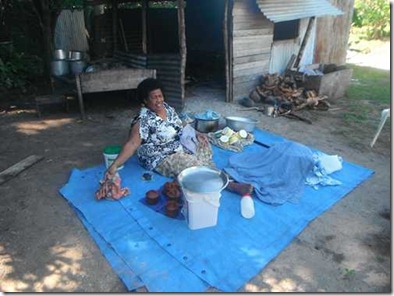 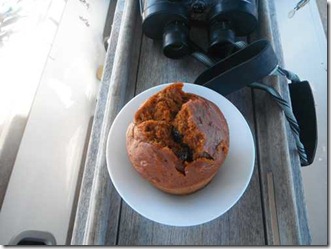 Fresh Pouri, made by the chief of the Island.
We had some more options of places that we wanted to visit such as Manta
Ray Pass and Turtle Island but after my dive in the cave I picked up some kind
of eye infection and had to stay out of the water until I was happy that it was
completely cleared. We were also running out of time so we therefore made for
the famous Musket Cove resort and Islands to the south of the Yasawas to rest up
for a while. A tricky passage that should have taken us 4 or 5 hours but
actually took us 9 hours saw us arriving through the treacherous reefs with only
minutes to spare before dark. All due to some very strong winds that we
encountered shortly after setting out and winds of up to 30 knots right on our
nose that had not been anticipated. The sun had actually set some 15 to 20
minutes before we dropped anchor. We considered ourselves most fortunate.
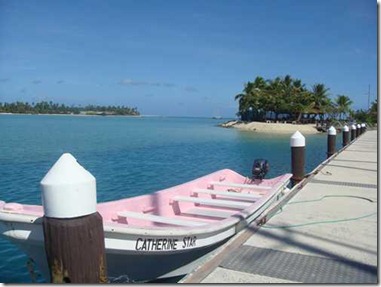 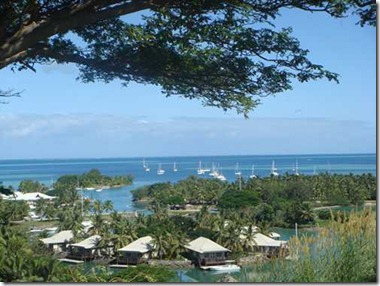 Musket Cove, Fiji.
Musket Cove was made famous some years ago when the round the world boats
were encouraged to go there instead of Suva the capital. There are now three
very popular holiday resorts on the islands and yachting people are made very
welcome to use the facilities (swimming pool, showers, beach loungers etc. etc..
All this once you are a member of the Musket Cove Yacht Club (1 F$ or about 30
pence in our money). So it’s a bit like going on holiday for us.
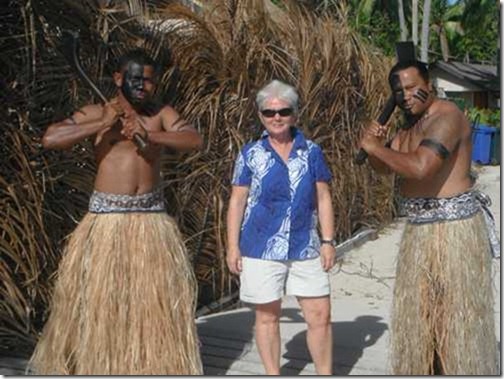 Off with the head.
The final steps of our stay in Fiji required us to go to Lautoka to check
out of the country. Lautoka is about a four hour sail from Musket Cove but in
the opposite direction to the way we would like to be heading. We called into
Vuda Marina on the way to filled up with diesel but got waylaid once again and
spent the night there. Here are some interesting photos of how they store the
boats during the Cyclone season.
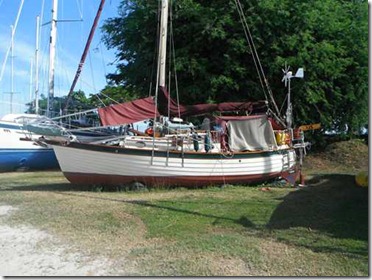 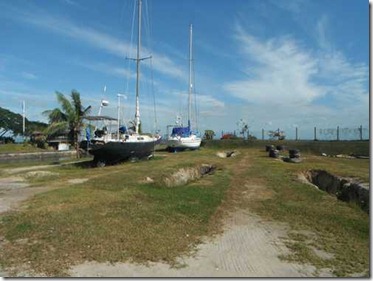 Holes are dug in the ground for the keels and the boat cannot now
topple over.
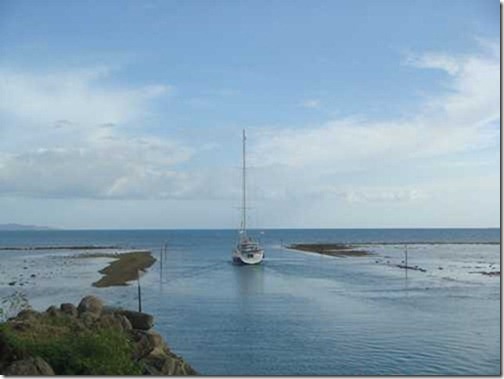 Vanuatu should be on the horizon in four or five days time.
|